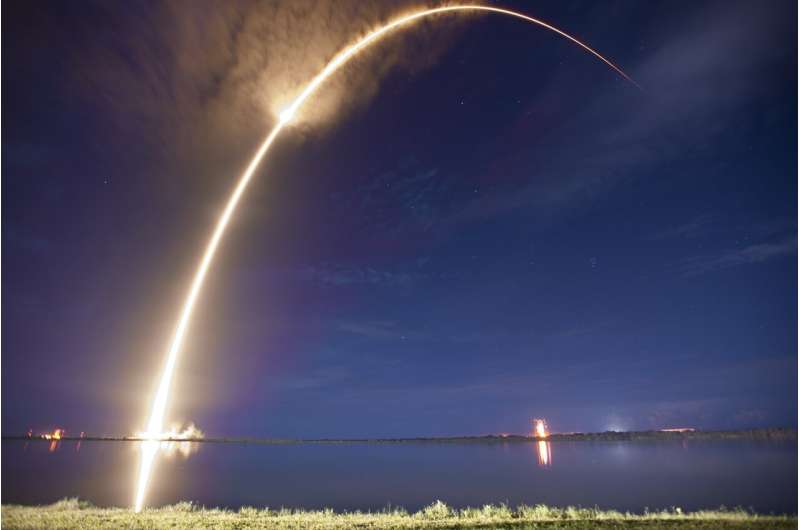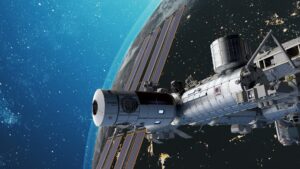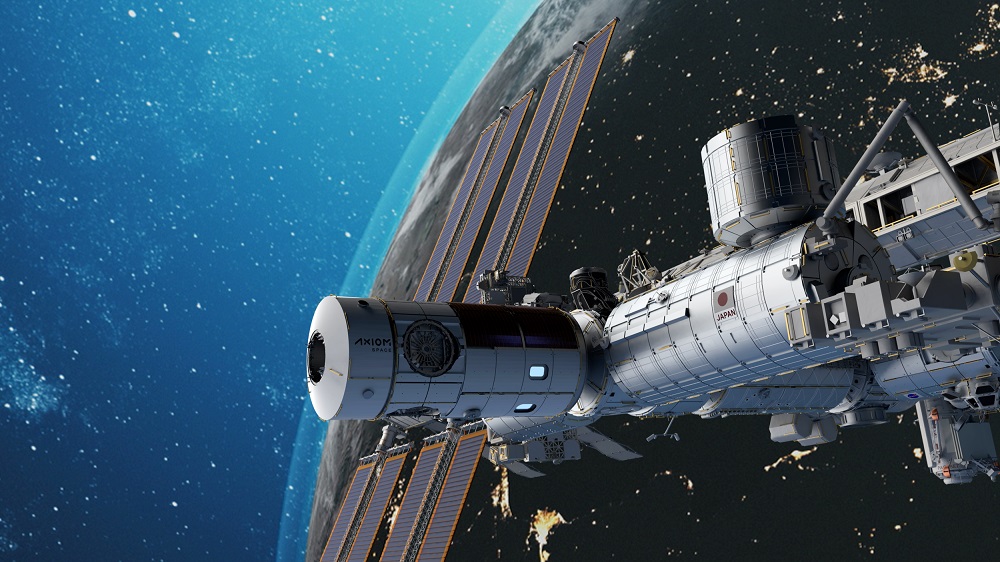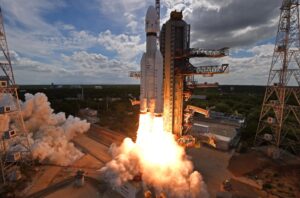DARPA launches TIAMAT Program to transform autonomous systems training
Wednesday, 18 October 2023 08:57 The Defense Advanced Research Projects Agency (DARPA) is taking a novel approach to the challenges surrounding the development of autonomous systems. In a departure from traditional high-fidelity simulations, DARPA experts theorize that utilizing diverse, low-fidelity simulations can speed up the transfer of autonomy from a virtual setting to the real world. Their new program, named the Transfer
The Defense Advanced Research Projects Agency (DARPA) is taking a novel approach to the challenges surrounding the development of autonomous systems. In a departure from traditional high-fidelity simulations, DARPA experts theorize that utilizing diverse, low-fidelity simulations can speed up the transfer of autonomy from a virtual setting to the real world. Their new program, named the Transfer Revolutionary atomic sensor redefines radio wave antenna
Wednesday, 18 October 2023 08:57 Physicists at the University of Otago have broken new ground by employing a glass bulb filled with atomic vapor to develop a novel type of antenna for radio waves. The research project was spearheaded by Dr. Susi Otto of the Dodd-Walls Centre for Photonic and Quantum Technologies, marking a significant advancement in the world of portable atomic radio frequency sensors.
The atomic vapor in
Physicists at the University of Otago have broken new ground by employing a glass bulb filled with atomic vapor to develop a novel type of antenna for radio waves. The research project was spearheaded by Dr. Susi Otto of the Dodd-Walls Centre for Photonic and Quantum Technologies, marking a significant advancement in the world of portable atomic radio frequency sensors.
The atomic vapor in NASA makes it easier to find assistive technologies for licensing
Wednesday, 18 October 2023 08:57 NASA develops a variety of technologies to explore space and beyond for the benefit of humanity. One measure of its success is the impact on the daily lives of millions of people with injuries and disabilities who are assisted with innovative treatments and products developed from NASA-derived technology.
After all, it was thanks to NASA's resources that Adam Kissiah, an electronics instru
NASA develops a variety of technologies to explore space and beyond for the benefit of humanity. One measure of its success is the impact on the daily lives of millions of people with injuries and disabilities who are assisted with innovative treatments and products developed from NASA-derived technology.
After all, it was thanks to NASA's resources that Adam Kissiah, an electronics instru DLR and NASA Collaborate to Advance Aircraft Aerodynamics Research
Wednesday, 18 October 2023 08:57 A collaboration between the German Aerospace Center (DLR) and NASA is set to redefine our understanding of commercial aircraft aerodynamics. Through advanced wind-tunnel tests, the joint effort aims to improve the predictability of aerodynamic features for future aircraft, focusing on making them quieter, more efficient, and less damaging to the environment.
Before an aircraft ever takes t
A collaboration between the German Aerospace Center (DLR) and NASA is set to redefine our understanding of commercial aircraft aerodynamics. Through advanced wind-tunnel tests, the joint effort aims to improve the predictability of aerodynamic features for future aircraft, focusing on making them quieter, more efficient, and less damaging to the environment.
Before an aircraft ever takes t Government funding blunts impact of private investment decline
Wednesday, 18 October 2023 02:31

Space industry group turns up volume on satellite vulnerabilities
Tuesday, 17 October 2023 22:56

SpaceX launch today would equal Space Coast record for the year
Tuesday, 17 October 2023 19:19
A planned SpaceX launch from Cape Canaveral Space Force Station on Tuesday would mark the Space Coast's 57th launch of the year equaling the record total seen in 2022.
A Falcon 9 with 22 of SpaceX's Starlink internet satellites is slated to lift off from Canaveral's Space Launch Complex 40 at 5:20 p.m. with five backup options from 6:11 p.m. to 8:48 p.m. and six backups on Oct. 18 from 4:55 p.m. to 8:23 p.m.
Space Launch Delta 45's weather squadron forecasts a 95% chance for good conditions, and 90% in the event of a 24-hour delay.
This is the first-stage booster's 16th flight with a planned recovery landing downrange on the droneship Just Read the Instructions in the Atlantic.
For SpaceX it would be the 53rd mission from either Canaveral or Kennedy Space Center this year while United Launch Alliance has flown three times and Relativity Space has flown once. SpaceX is the lone launch provider this year from KSC having flown 11 times while ULA, SpaceX and Relativity combined for what will be 46 launches from Canaveral.
NASA's Lucy spacecraft continues approach to asteroid Dinkinesh
Tuesday, 17 October 2023 17:21
Scientific Systems to develop satellite inspection software for U.S. Space Force
Tuesday, 17 October 2023 13:00

Satnav test on remote island lab
Tuesday, 17 October 2023 11:45
ESA’s navigation testbed vehicle participated in a campaign organised by Norwegian governmental authorities to assess the impact of jamming and spoofing on satnav systems and test innovative technologies for detection and mitigation.
Space Development Agency to evaluate SpiderOak cybersecurity software
Tuesday, 17 October 2023 11:10










